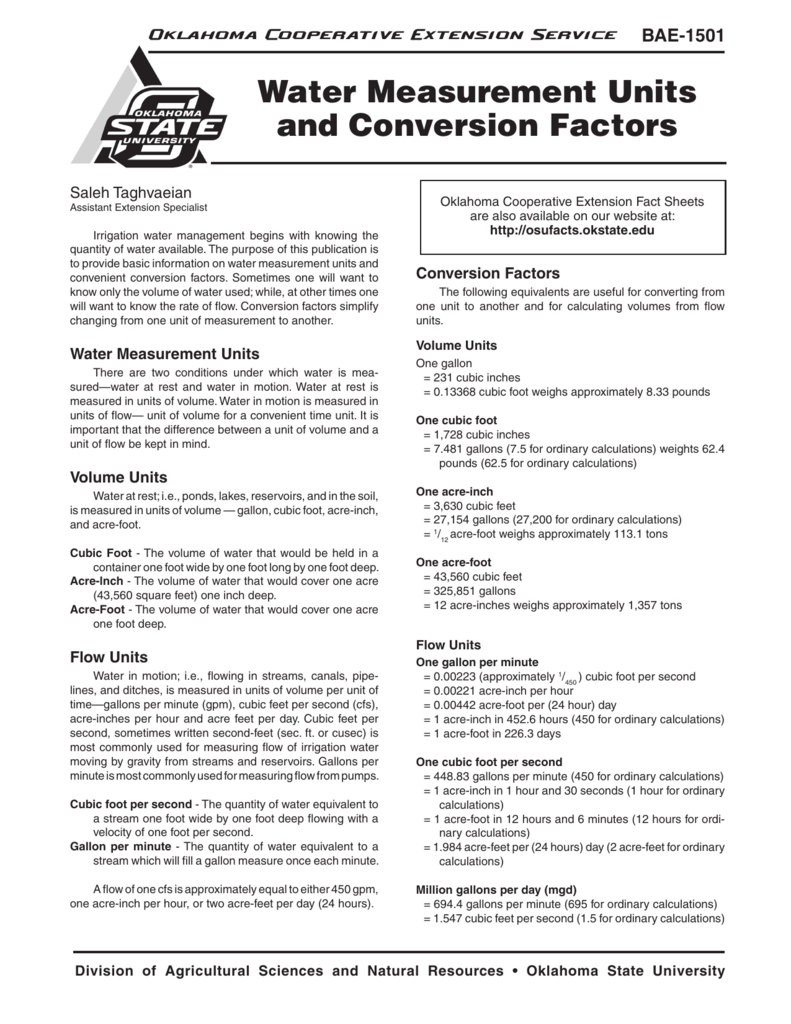

Dolores River – Runnable Years, CFS range 800 to 5,000 CFS The San Miguel also has the occasional class III rapid to keep you on your booties. The San Miguel River is an exciting ride as its constant class II rapids make for an exciting, but moderate level trip for folks eager to paddle without being induced with adrenaline the entire ride. The Rockwood Section comes with Class II, III, IV(+). The Silverton Section and Needleton Section are the rowdiest with constant class III rapids, and a few sections with class IV and V’s. The Upper Animas has three whitewater sections, all of which comes with at least class III and IV rapids. At those levels, we don’t raft the whitewater park and will put in below Santa Rita. During high water season in late May to early June, the Lower Animas can reach up to 3,800 CS and above. The class III rapids takes place at the man-made Santa Rita Whitewater Park. The Lower Animas is a relatively mellow trip that includes class I, II, and III rapids.

Colorado River through Cataract Canyon in Canyonlands National Park.Colorado River through Castle Valley in Moab.

Green River through Gates of Lodore in Dinosaur National Monument.Yampa River in Dinosaur National Monument.Upper and Lower Piedra River near Pagosa Springs.Mild to Wild runs multiple rivers throughout Colorado, Utah and Arizona. Gauges are installed on rivers in order to measure the CFS and that information can be found on city water data sites.Īt Mild to Wild, the classes of CFS are defined as follows:Ĭlass I: “moving water” will let you comfortably float down the river.Ĭlass II: “splashes” will get your legs wet just over the side of the boat.Ĭlass III: “wet and fun” rapids will get you soaked head to foot.Ĭlass IV: “big drops” will jump-start your heart as you paddle through the intense whitewater.Ĭlass V: “violent rapids” will really get your adrenaline pumping and often have to be portaged.Ĭlass VI: “impassable whitewater” means no one has rafted that section and lived to tell. Depending on the waterway’s descent, width and arrangement of the rocks, a higher CFS can usually means you’ll get larger rapids.Ī river, in the Southwest especially, is considered to have high water levels when the CFS is 3,000 and above. The higher the CFS, the higher a river will be. One cubic foot is about the size of a basketball, so if a stream is flowing at 100 CFS, imagine 100 basketballs rolling down a riverbed together. Or, 1 pound per square inch is equivalent to 2.31 feet of head.Wondering what is CFS when it comes to rivers? CFS is “cubic feet per second,” a unit of measurement referring to the volume and speed of water flow. One foot of water (head) exerts a pressure of 0.43 pounds per square inch on the bottom surface. It can also mean pressure a volume of water exerts a pressure on the bottom of a container, lake or stream that is proportional to the depth of water above the bottom. Head is a depth of water, usually in feet. One cubic foot per second is a flow of water equivalent to a stream 1 foot wide and 1 foot deep flowing at a velocity of 1 foot per second.ġ cfs = 450 gpm = 1 ac-in/hour = 2 ac-ft/day Head (H) The gallons per minute measurement is the amount produced by a pump, stream, or pipeline in one minute. One acre-foot equals 43,560 cubic feet, 325,851 gallons or 12 acre-inches. One acre-foot is the volume of water necessary to cover an acre 1 foot deep. One acre-inch equals 3,630 cubic feet or 27,154 gallons. One acre-inch is the volume of water necessary to cover an acre 1 inch deep or the amount of water falling on an acre in a 1-inch rain. One gallon of water weighs approximately 8.34 pounds.


 0 kommentar(er)
0 kommentar(er)
